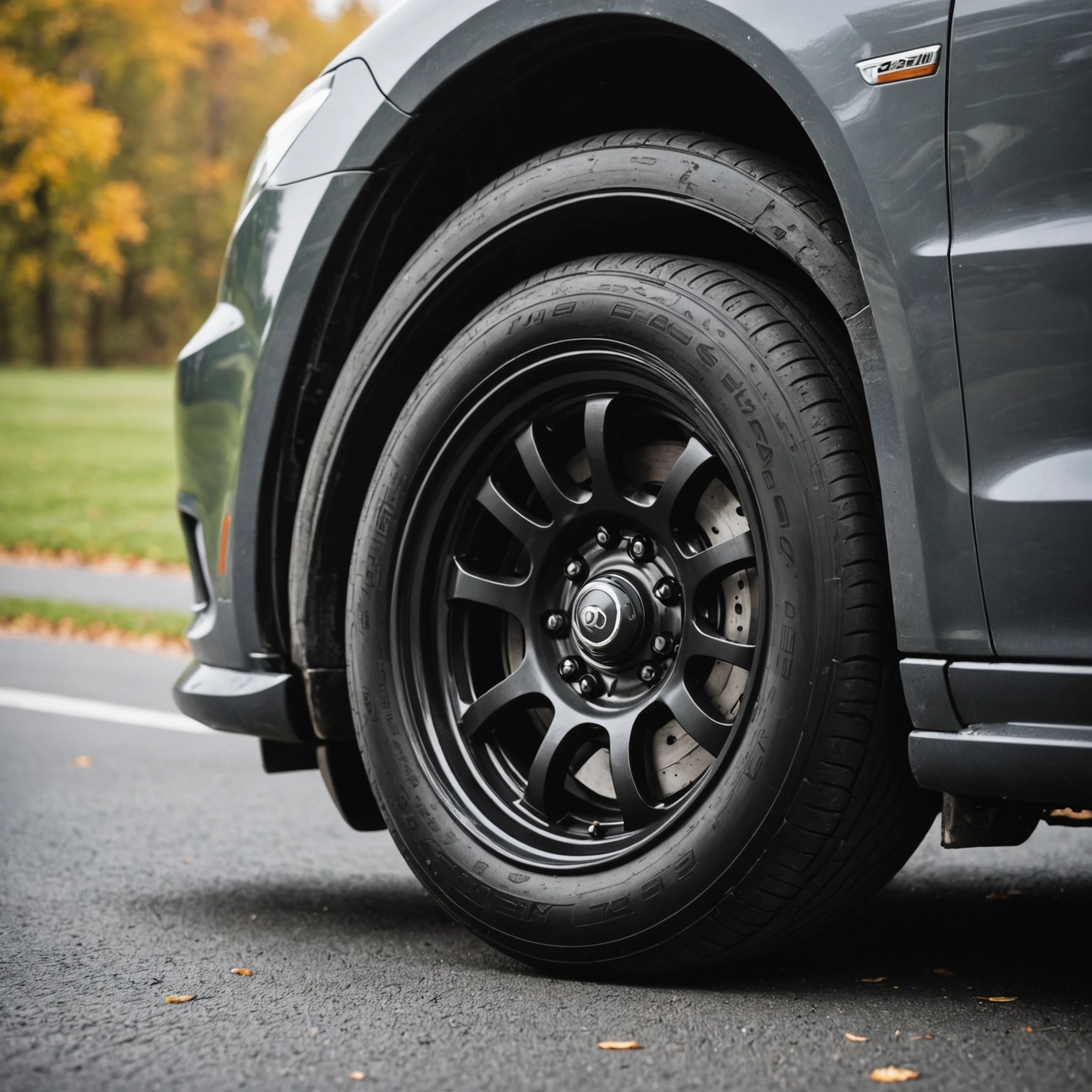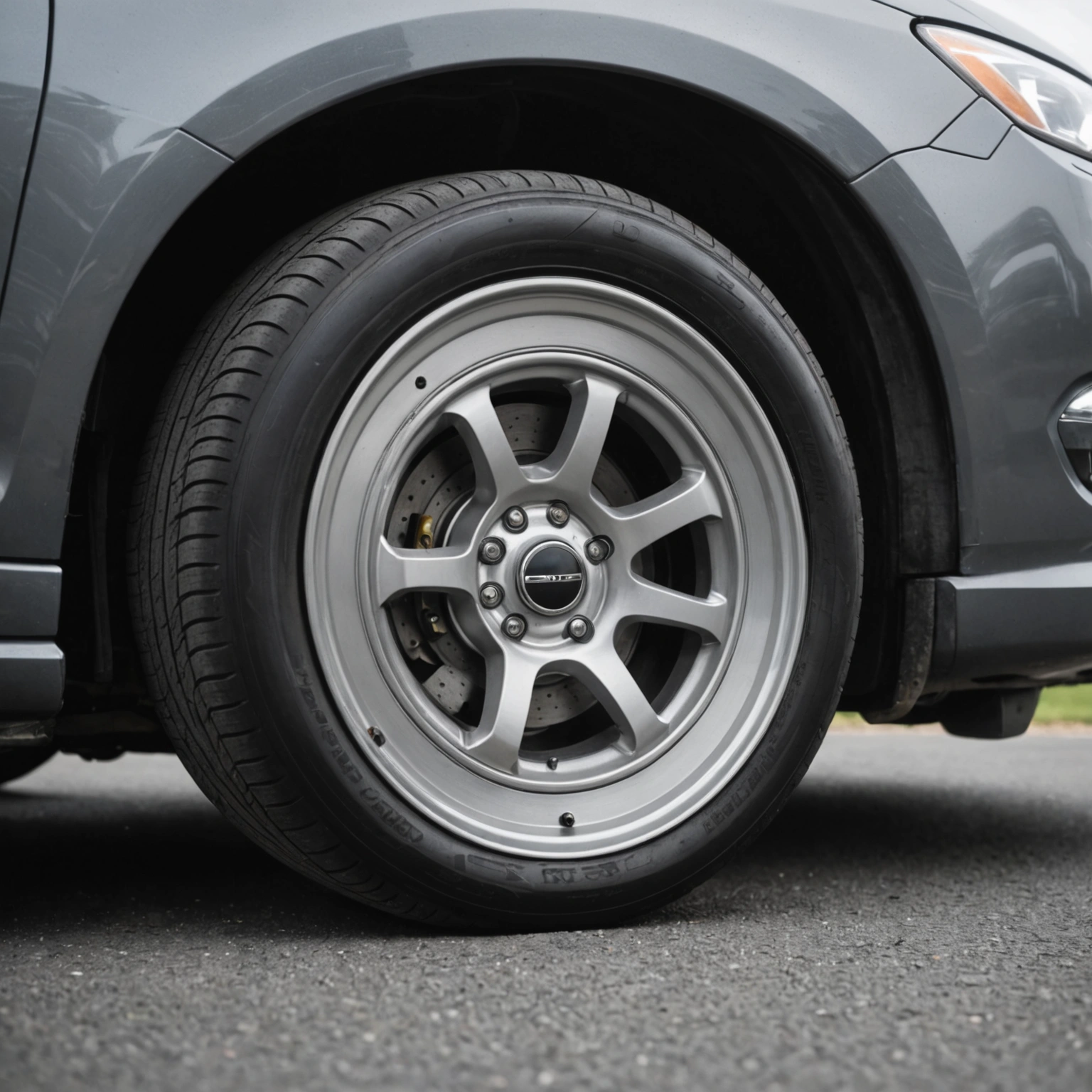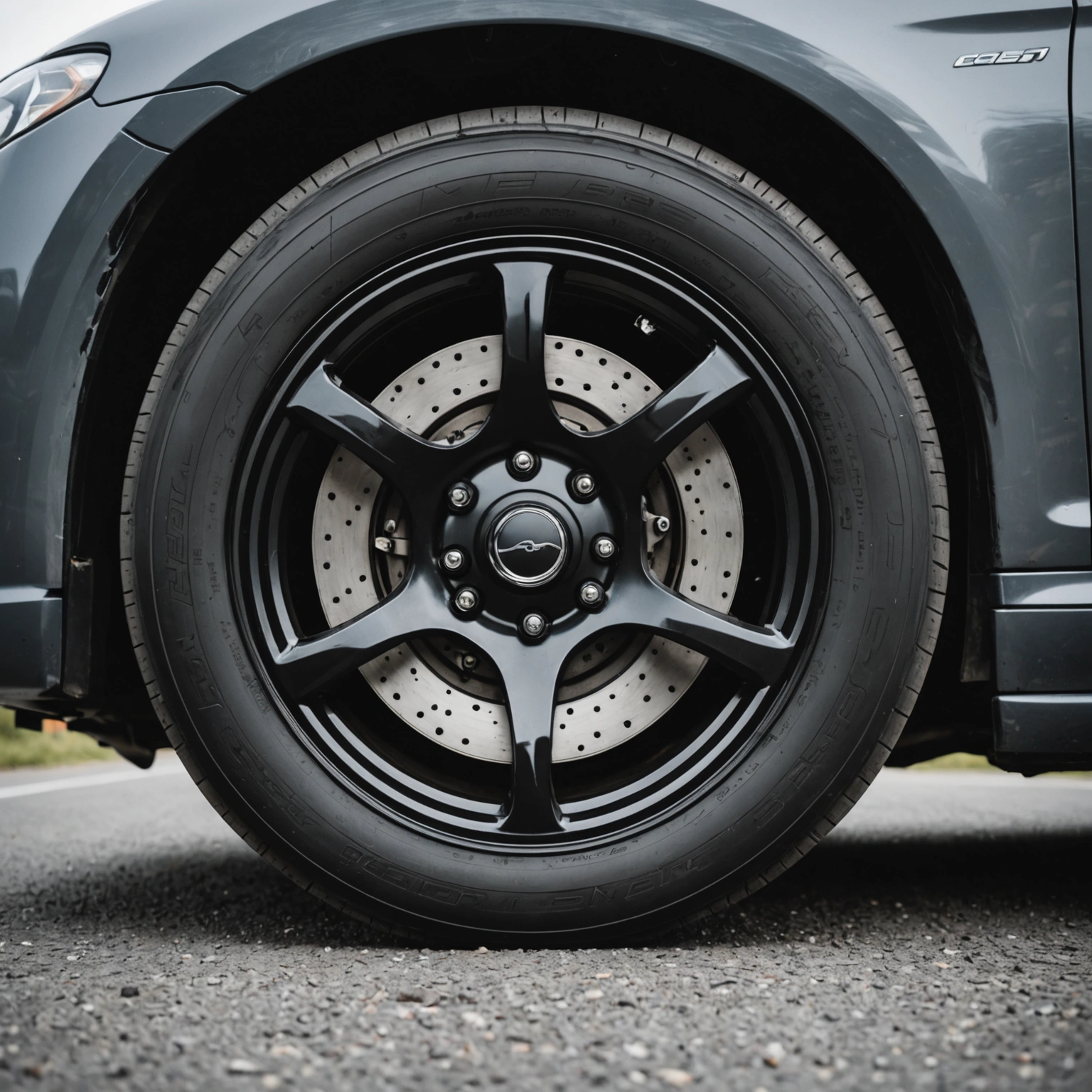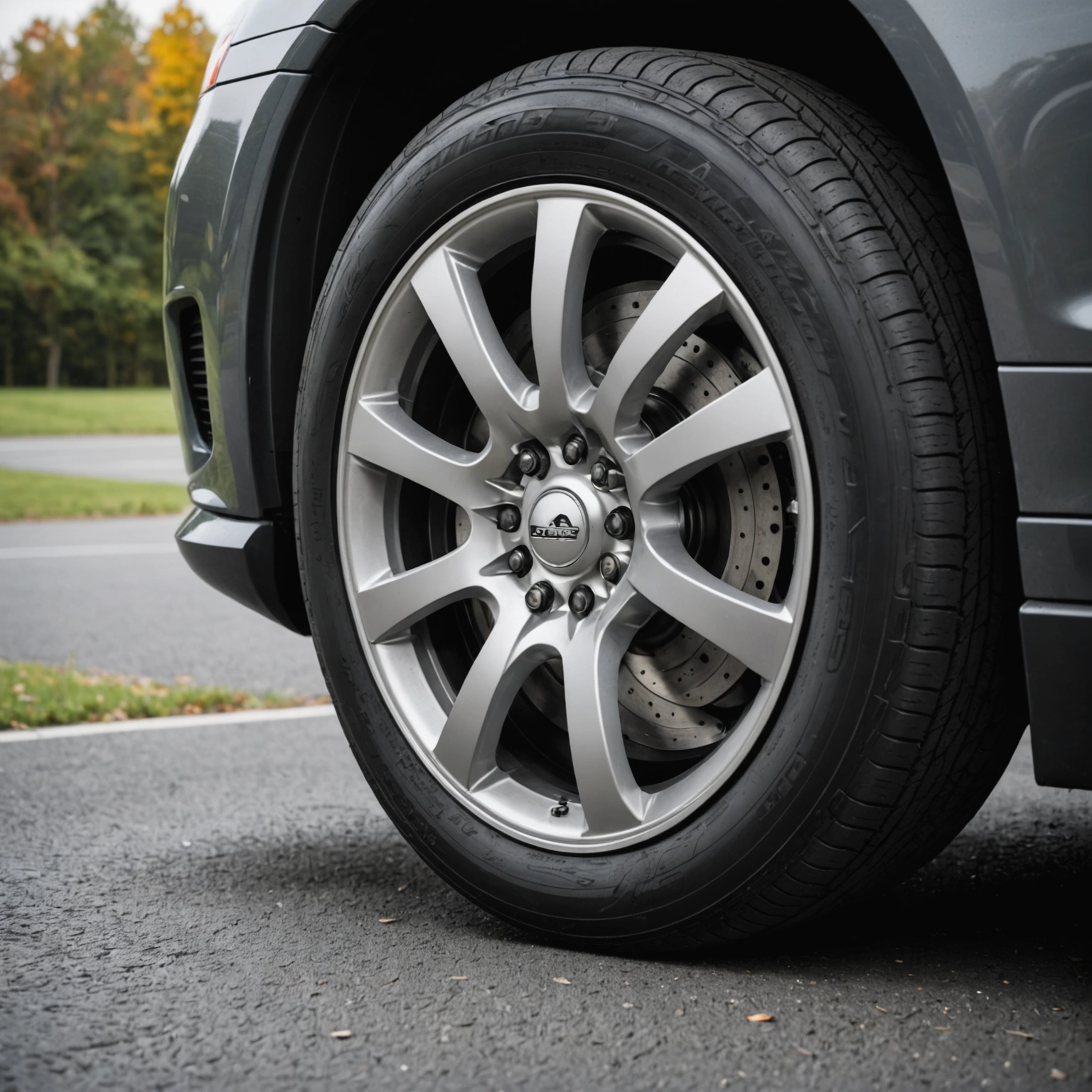**Why Does My Car Shake When Braking? Understanding the Causes and Solutions**
If you’ve ever experienced your car shaking or vibrating when you hit the brakes, you’re not alone. This common issue can be unsettling and sometimes concerning, but understanding the underlying causes can help you address it effectively. Here’s a comprehensive overview of why your car might shake during braking, along with potential solutions.

### Common Causes of Car Shaking When Braking
#### 1. **Warped Brake Rotors**

One of the most frequent culprits is warped brake rotors. Rotors are large metal discs attached to your wheels that work with brake pads to slow down your vehicle. Over time, especially with frequent or heavy braking, rotors can become uneven or warped due to heat buildup. When this happens, the brake pads make inconsistent contact with the rotor surface, causing the steering wheel or vehicle to vibrate during braking.
#### 2. **Uneven Brake Pad Wear**

Uneven or worn brake pads can also lead to vibrations. If the brake pads wear unevenly or become glazed (overheated and hardened), they won’t make smooth contact with the rotor, resulting in shaking when braking.
#### 3. **Suspension or Steering Components**

While less common, worn suspension parts like ball joints, tie rods, or control arms can contribute to vibrations during braking. These components are integral to your vehicle’s stability, and their deterioration can amplify shaking when braking.
#### 4. **Brake Calipers Issues**
Sticking or malfunctioning brake calipers can cause uneven pressure on the brake pads, leading to uneven braking forces and vibrations.
#### 5. **Imbalanced Wheels or Tires**
Though not directly related to braking, imbalanced wheels or uneven tire wear can sometimes be mistaken for or contribute to shaking during braking.
—
### How to Diagnose and Fix the Issue
**1. Visual Inspection of Rotors and Pads**
A mechanic can inspect the rotors for warping or scoring and check the brake pads for uneven wear or glazing.
**2. Rotor Resurfacing or Replacement**
If rotors are warped but still structurally sound, they can often be resurfaced (machined) to restore a smooth surface. However, severely warped or thin rotors should be replaced.
**3. Replace Worn Brake Pads**
Worn or glazed pads should be replaced to ensure proper contact and braking performance.
**4. Check Suspension and Steering Components**
Worn suspension parts should be inspected and replaced if necessary to eliminate additional vibrations.
**5. Wheel Balancing and Alignment**
Balancing your wheels and ensuring proper alignment can reduce vibrations that may be mistaken for braking issues.
—
### Preventative Tips
– Regularly inspect and maintain your brake system.
– Avoid aggressive braking when possible to reduce heat buildup.
– Rotate and balance your tires periodically.
– Replace worn suspension components promptly.
—
### Final Thoughts
A shaking car when braking is often a sign of underlying issues with the brake system, especially warped rotors or uneven brake pads. Addressing these problems promptly not only ensures a smoother, more comfortable ride but also maintains your vehicle’s safety and braking efficiency. If you experience persistent shaking during braking, it’s best to have a professional mechanic diagnose and fix the issue to keep your drives safe and enjoyable.

